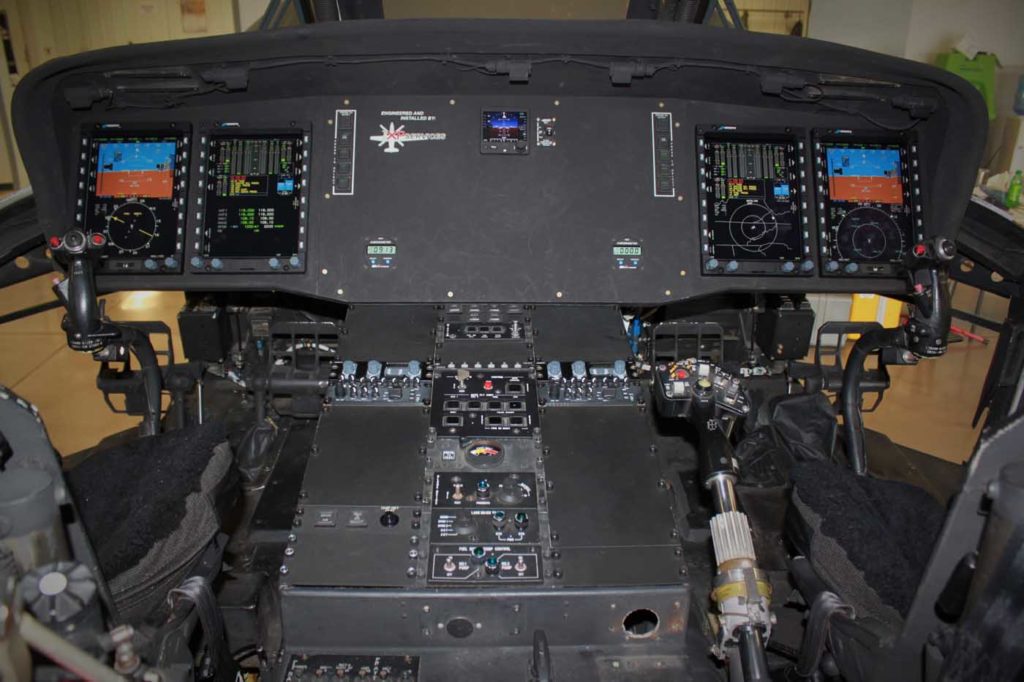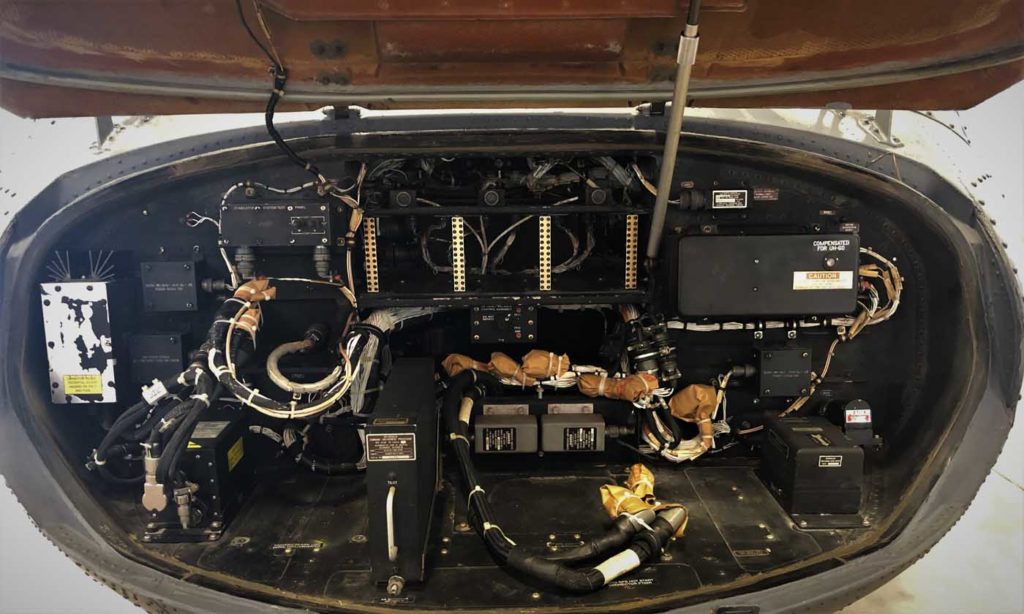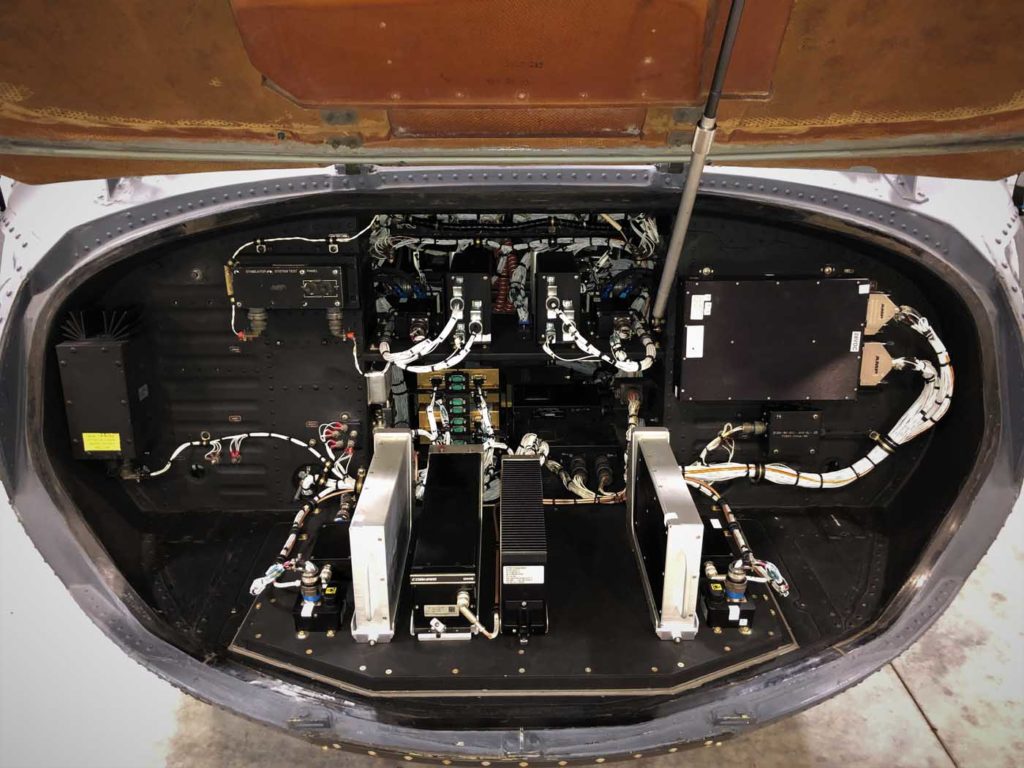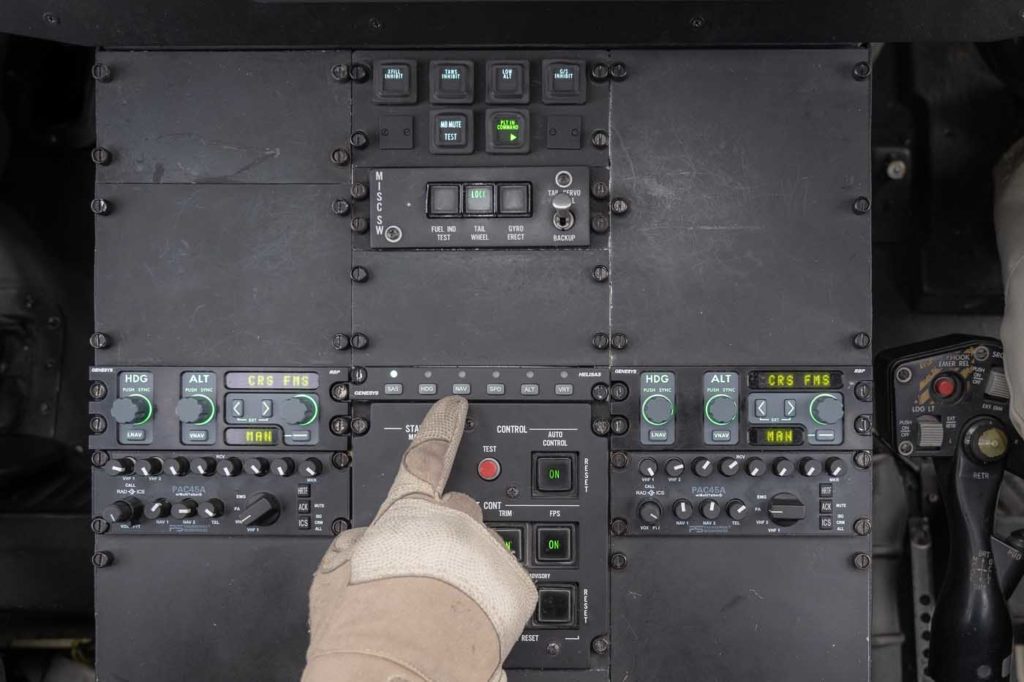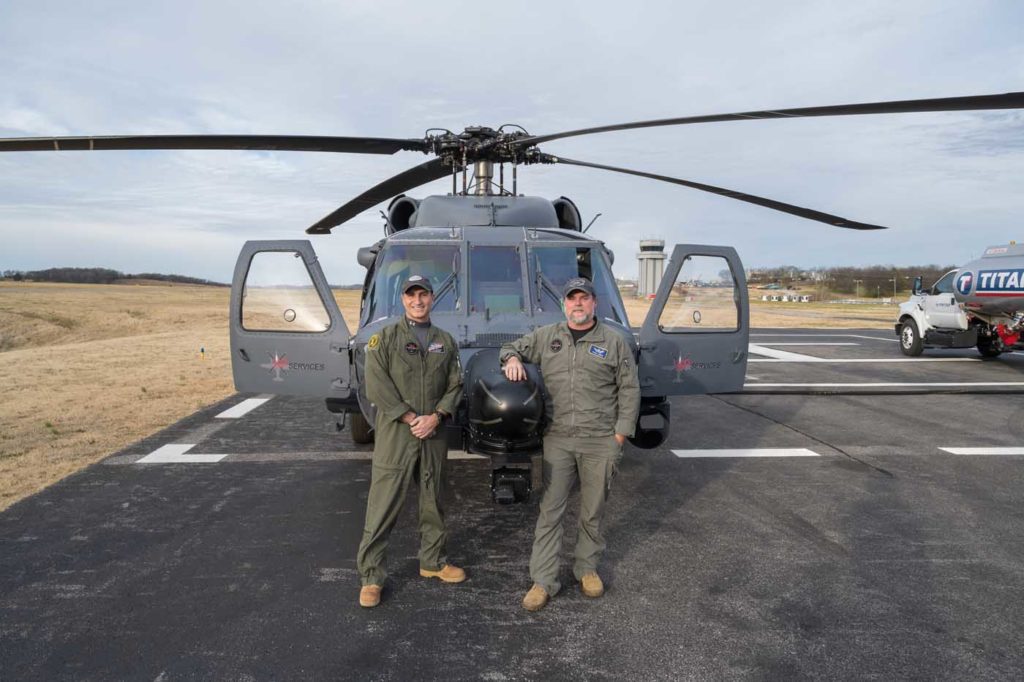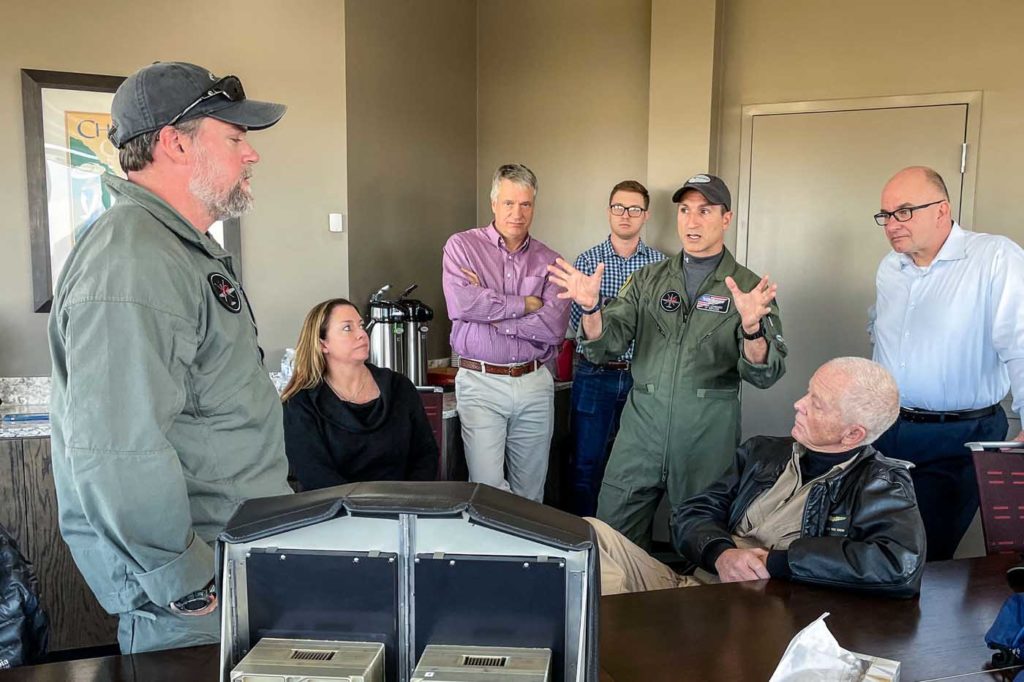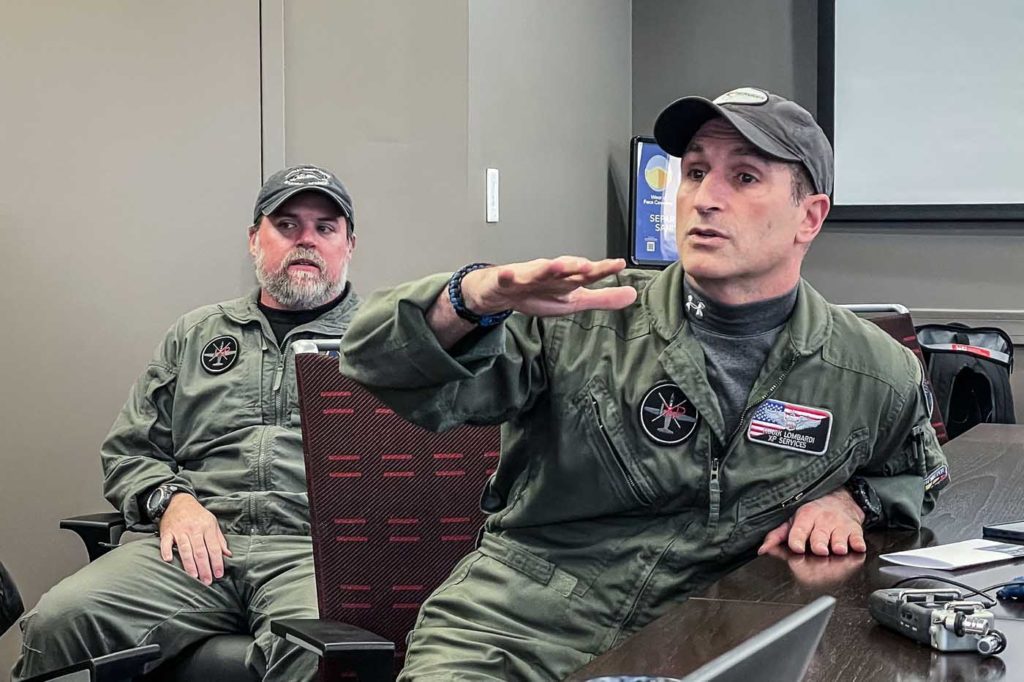Photos by Steve Zimmermann
Sikorsky helicopters seem about as durable as an old boot. The UH-60 Black Hawk is a perfect example of this, having been around since 1978, when U.S. President Jimmy Carter was in the White House. It has proven itself a capable, reliable machine in countless roles such as combat, electronic warfare, search-and-rescue, sling loading, medevac, and special operations. In recent years, many of the older Black Hawks in the U.S. Army fleet have been retired from military service. But with an avionics facelift, these venerable Hawks are looking for new roles with “foreign friendly” militaries, or in the civilian world through firefighting, utility, or parapublic work.
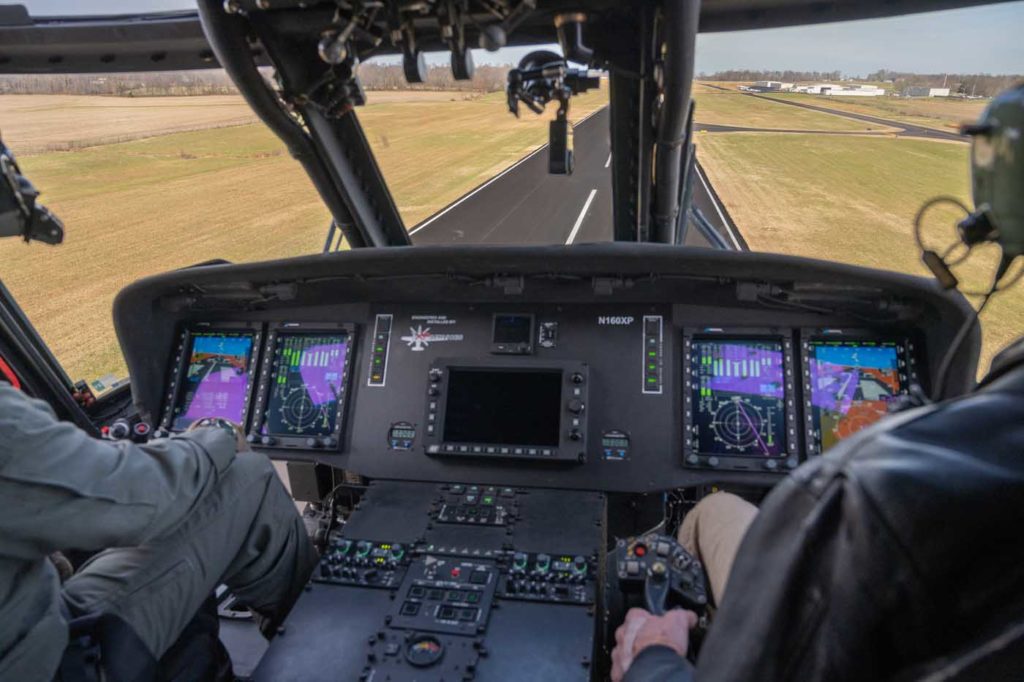
Bringing these old birds out of retirement and teaching them new digital tricks by adding capabilities like synthetic vision (SV), highway in the sky (HITS), improved datalink weather, or localizer performance with vertical guidance (LPV) approaches (technologies that hadn’t even been invented when the ship was new) extends their utility and reliability to a level on par with — if not better than — new helicopters. That’s exactly what Genesys Aerosystems is offering with its updated avionics suite and HeliSAS autopilot in a 1985 EH-60A Black Hawk that Vertical was invited to fly in December.
The process
Used Black Hawks can be bought for $4-6 million, depending on component times — though recent increasing demand for these workhorses seems to be inflating prices. The upgraded Genesys avionics suite adds another $1.6-2 million to the cost, depending on the options selected. Genesys offers customers three levels of modernization, starting by adding just the air data, attitude and heading reference systems (ADAHRS), which gets rid of the old troublesome “iron” or fiber optic gyros. The next level upgrade adds the electronic flight information system (EFIS) screens, and the last step is installing the new HeliSAS autopilot. Even with the full upgrade, it all adds up to a lot less than it costs to buy a shiny new Black Hawk S-70i from Sikorsky ($16-20 million).
Genesys Aerosystems is big on customization; it uses the phrase “open architecture” a lot when referring to its software design. This allows it to be flexible in tailoring the capability of the avionics to the needs of a customer.
The How
XP Services, of Tullahoma, Tennessee, partnered with Genesys to prototype, test, and certify the new avionics package we flew. The transformation removed about 100 pounds (45 kilograms) of obsolescence from the nose and cockpit; the before and after pictures (see gallery on p. 35) show the dramatic results.
Four IDU-680, six- by eight-inch portrait displays, all capable of split-screen views, allow you to put two different inputs on each display simultaneously. For example, a terrain map with a traffic display, or datalink weather and radar. Each pilot can choose individual views, as preferred or required.
The raster displays are not touchscreens — by design. All helicopters shake, which makes it tougher to hit a small digital target on your screen with your fat finger — especially if you fly in turbulence, or with gloves, as many helicopter pilots do. This seems “old school,” but for an aircraft meant to be flown down low, heads-up, eyes outside, buttons seem like a natural solution. Buttons and knobs make using the system simpler and more predictable.
The screens are fully redundant, and of course, there is a reversionary mode in the event of a screen failure, which easily combines the information onto one screen instead of two.
The flight
We travelled to Nashville, Tennessee, to fly this remarkable Black Hawk fitted with the complete Genesys avionics package. The clean layout allows for better organization of the plethora of information offered, and results in increased situational awareness.
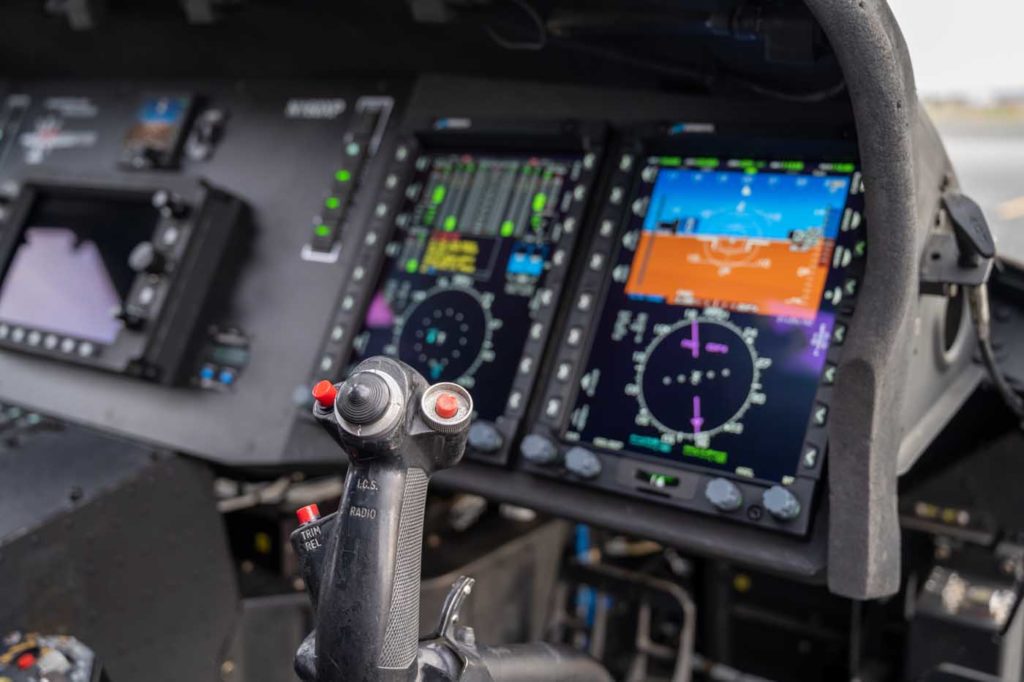
Eight buttons are situated along each vertical edge of the screen. Genesys calls them “soft keys” (as do other avionics manufacturers), because they have different functions, based on the page that’s displayed. Four knobs along the bottom edge of the screens are contextual, meaning their function depends on what’s on the screen.
I normally have the operator’s manual in hand before an avionics review like this, but didn’t get one before this test flight. And although it wasn’t optimal, it worked fairly well in this case, because the equipment was relatively simple to operate.
By design, the menus are shallow — the page you want is never more than about two buttons and a knob push away. This is especially welcome when there are ridge tops bedecked with tall towers, as was the case around Nashville. I found this shallow menu methodology easier to learn because there are fewer ways to make mistakes; easier to “back out” of a page if you did (there is an EXIT soft key); and the clearly marked buttons along both sides of the screen are more obvious than hidden menus.
One thing that I found less than optimal is what Genesys calls the “encoder” knob (not a very concise name, in my opinion), located in the lower right corners of each screen. This knob offers multiple pages, and functions as an input device. For example, to choose direct-to KJWN (the John C. Tune airport we were operating from), the encoder knob is rotated to the blank field, then rolled through the alphabet to find the “K.” You then press enter with the same knob, roll the knob to the next blank field, spin to the letter you want, and press the knob to enter. Rinse and repeat until you get the fields filled. This seems more tedious, and time and attention consuming, than using a keyboard to input the empty fields.
The displays are fully night vision goggle-compatible, including with the newer white phosphor goggles.
Flying the Hawk
Startup and takeoff reminds me of my season in the only other Sikorsky I’ve flown: the S-64 Air Crane. Family DNA is everywhere I look, but the information available on this Sikorsky reminds you that early Black Hawks and the Crane were the equivalent of flying with stone tablets and a whiskey compass — and the whiskey compass wasn’t all that readable due to the formidable Sikorsky shake.
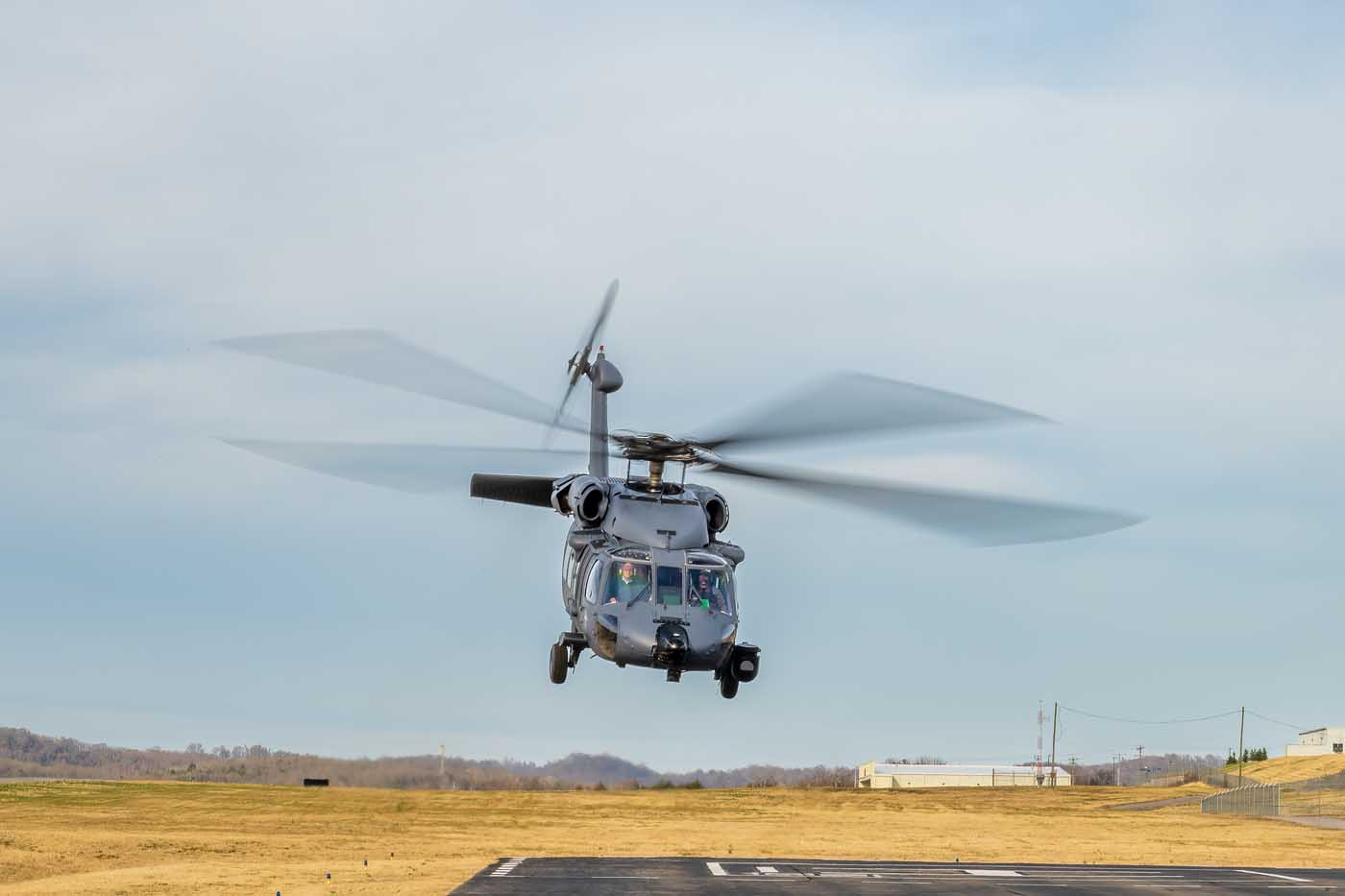
The engine gauges are displayed digitally on the engine indicating and crew alerting system (EICAS) page, selectable to the bottom of the primary flight displays (PFD) or the top of the multifunction flight displays (MFD). This arrangement makes it easier to tell at a glance if all is well; instead of looking at individual gauges, and interpreting each gauge’s meaning, one glance at the nearly perfect horizontal line created by the green vertical columns says “nominal.” Though I was sure that Thad King, XP Services’ instructor and test pilot (sitting in the left seat for my flight) wasn’t going to let me pull too much power out of the GE T700 engines, I didn’t know the limitations of the Hawk when I flew it. The excellent display made that less crucial.
The HeliSAS autopilot provides attitude retention and operates in parallel to the original Black Hawk automatic flight control system (AFCS) — in fact, the original AFCS is still required to dispatch the machine. The HeliSAS “tightens up the tolerances,” according to Frank Lombardi, program manager and test pilot at XP Services, and “gives the sailboat a bigger keel.” I found this to be true, and the Hawk with HeliSAS is a very pleasant helicopter to fly.
HeliSAS is a “fly-through” system; that is, it’s on from startup to shutdown, and is a refinement of the original Black Hawk’s stability system. But it also has many added capabilities, including making it less likely that a pilot might lose control in an inadvertent instrument meteorological conditions encounter. Pushing the SAS button on the center console will roll the ship level and put the nose back to a level attitude when one unintentionally wanders into the goo. The updated Hawk is also fully capable of LPV approaches, and even offers you the option to create your own approach to any user waypoint you want to fly to.
One nice feature I noted is a smoother reaction curve when pushing off the force trim release button. In other words, it doesn’t jump when you hit this button to lower the level of “help” you require from the HeliSAS.
Filling a Niche
One consistently successful business model is to find a niche that is underfilled and satisfy it by offering a product that offers more value and utility, while lowering cost. Genesys, with its avionics modernization program, aims to do just that. The Hawk, like its predecessor, the Bell Huey series, will have a long second career with an avionics life extension like this. Restarting the clock with new tech electronics, and eliminating the older equipment that was becoming hard to source or fix, can only increase dispatch reliability. And the increased capability of the upgrade suite makes this venerable machine fully capable of the many new missions that it will encounter.
Though the Genesys supplemental type certificate only covers the A model UH-60 and EH-60 Black Hawk for now, the company plans to add other aircraft to its Approved Model List (AML) soon. The avionics upgrade is also fully instrument flight rules (IFR)-certified.
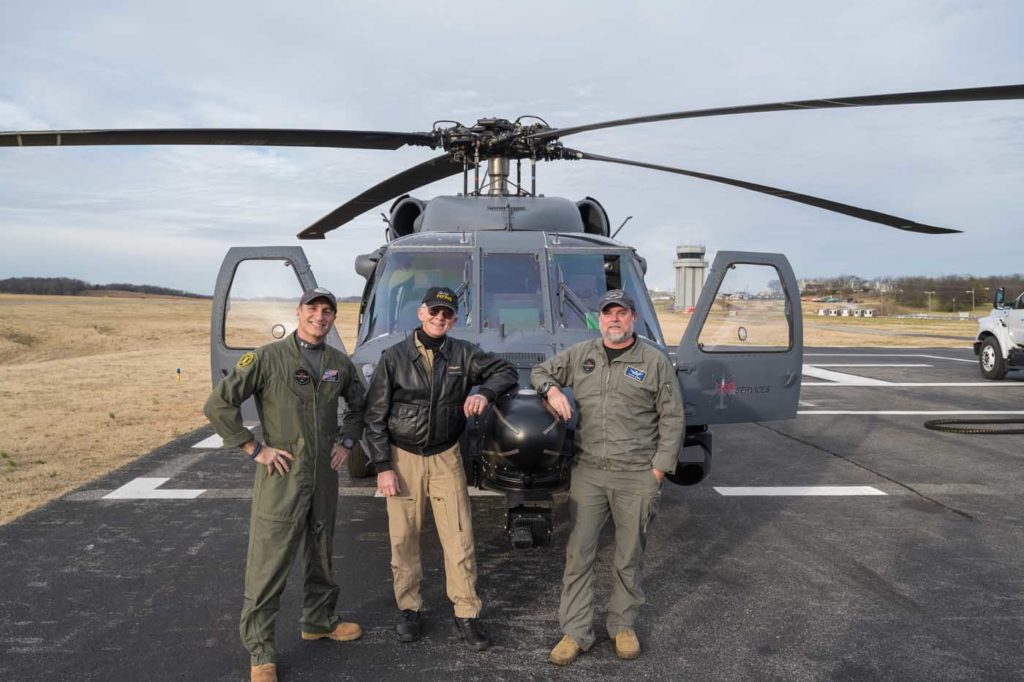
Perhaps the best illustration of the design success from the test flight was realizing that the simplicity of the displays and buttonology made it possible for me to fly a Black Hawk for the first time — with eyes mostly outside — down in the strike zone for the towers and ridges around Nashville, without major heroics or frustration (and minimal screaming from Mr. King). I was able to mostly find what I needed or wanted with very few button pushes, a nod to the system’s smart design.
This old frame/new brain combination brings the venerable Black Hawk solidly into the 21st Century with many additional capabilities. See? You can teach an old dog new tricks.







